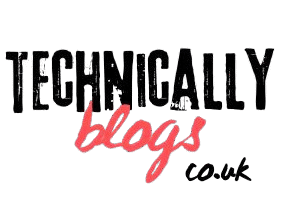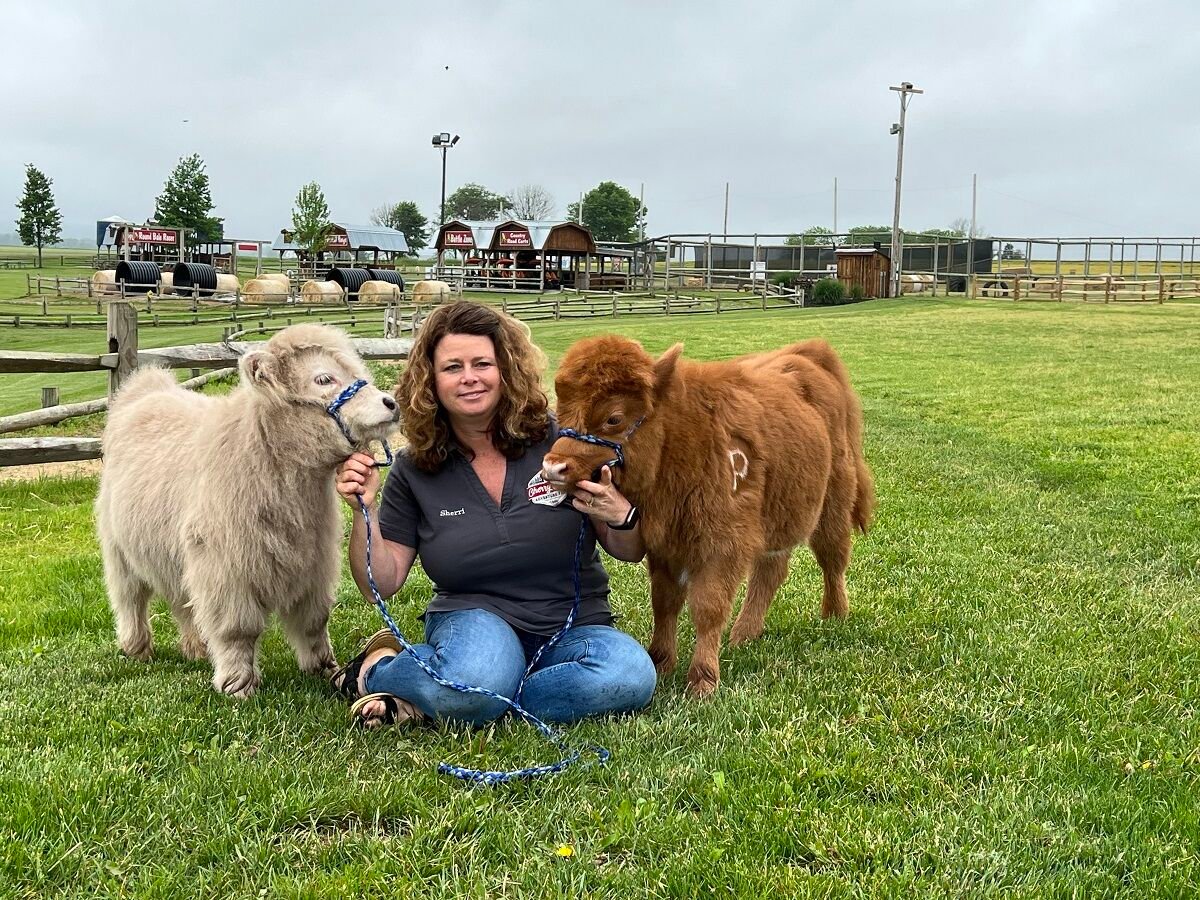The author of this article has been an avid researcher and a writer in the discussion of issues regarding animals, farming, and sustainability, in addition to lifestyle. Having a strong interest in the heritage breeds and homesteading, the writer seeks to provide readers with in-depth coverage of the livestock world and homesteading. Through detailed research and a lively writing style, we always seek to inform, inspire and raise curiosity about the amazing animals and traditions that create our relationship with the natural world.
Introduction
The miniature Highland cow has made a niche of its own in the world of unique and cute farm animals. This breed is now more popular with homesteaders, hobby farmers and even families who just want an animal that is lovable as a companion. Miniature Highland cows, unlike their bigger counterparts, do not lose any of the beauty of the traditional Scottish Highland breed or any of its hardiness, but in a smaller, more friendly size. Their history dates hundreds of years back, but their recent popularity represents the contemporary trends towards the animals that will be both heritage and aesthetics, yet practical.
This blog post explores the details of all you should know about miniature Highland cows. Their history and physical appearance, their needs, and their ability to fit in different types of lifestyles will reveal the specifics that allow making these cows not only livestock but also cherished members of farms and families. You might be thinking of bringing a miniature Highland cow to your farm, you are intrigued by their history, or you just like to read about exotic animals; this is the ultimate guide to their lives.
The History of Highland Cattle
Highland cattle are commonly known by their statuesque horns as well as the long, shaggy fur which is known to have originated in the rough highlands of Scotland. Several centuries of breeding to resist harsh climates, rocky soils and scarcity of resources, has made them a name in being one of the toughest cattle breeds ever to exist. Their two-layered hair kept them warm during icy winds and rain, and foraging in rugged terrain allowed them to be invaluable to Scottish farmers.
The miniature Highland cow is more of a modern invention. Through natural selection breeders narrowed down the size of the traditional Highland cattle across several generations concentrating on smaller animals that remained strong, tempered, and were representative of the breed. What has been born of this is a modern hybrid that has all the good features of the Highland cattle but is easier to handle, particularly where the land area is not that huge.
Physical Characteristics of Miniature Highland Cows
You will be quick to recognize the cute dwarvish look of miniature Highland cows that has a royal feel. Their long, shaggy coats are of all colors, including golden red, black, brindle, even white. This coat not only serves to offer them protection, but it goes a long way to give them their beauty as well. Their shaggy bangs (unlike normal cows) are often able to cover their eyes giving them a unique and somewhat cartoonish appearance which children and adults alike can find delight in. Miniature Highland cows are relatively small averaging 36-42 inches in height at the shoulder, depending on their breeding.
Their weight is generally 500 to 800 pounds, far less than normal Highland cattle which may weigh up to 1,800 pounds. Their smaller size ensures that they are less intimidating, manageable, and flexible to small farms or ranches. They do not have bull horns but still have the long horns typical of the Highland breed, even though they are small. These horns can be stretched and curved upwards and contribute to their confrontational look. Their horns also have a functional value other than their appearance, e.g., as protection and foraging.
Temperament and Personality
The temperament of the miniature Highland cow is one of the most appealing features of the cow. These cows are docile, calm, and affectionate and tend to attach themselves to their caretakers. They are no savages, and, with proper treatment, can become extremely docile, even preferring to be stroked or scratched. Due to their genial characters, miniature Highland cows have been likened to giant pets. They are attention seeking and can be trained to be handled easily by being haltered.
Most of the owners discover that their cows know them and respond to voice commands, like other domesticated animals. This is especially attractive to families and small scale farmers who desire to have an animal that can also provide companionship and not just practicality.
Care and Maintenance
Rearing a miniature Highland cow is not as challenging as most people might believe, and nonetheless it takes commitment and expertise. They, as any other cattle, require sufficient pasture lands, shelter and regular check-ups with the veterinarian. They feed primarily on grasses and hay and occasional supplements when their nutritional requirements cannot be satisfied by pasture. Their efficiency as foragers makes them frequently succeed in areas where other breeds fail. Housing is necessary, particularly when there is extreme temperature of heat or cold.
Their long coats render them resistant to low temperatures, yet they may have difficulties in warmer conditions, thus it is important to offer shady spots and lots of fresh water. Ordinary health services are trimming of hooves, vaccinations, parasites and grooming. Their coats should be brushed now and again, particularly when you want to keep them in their best condition and to cut down matting. The owners are also advised to watch their horns so that they do not become dangerous when being handled.
Uses and Benefits
Although a lot of individuals have miniature Highland cows to keep them company and beautify their homes, they also offer some practical value. There are others that are reared as beef since Highland cattle are famed to give lean, tasting meat. Still others can be bred and sold because the demand in these miniature cows grows steadily. Also, their grazing patterns also enable them to be good natural lawn-mowers. They aid in keeping the pastures, weeds, and participate in land management.
Their manure also then makes a good natural fertilizer to promote healthy soil and plant growth. In case it is not about farming, miniature Highland cows can become therapy animals and even be presented in the events and exhibitions. Their sweet nature and filmable looks endears them to crowds.
Suitability for Small Farms and Families
Among the largest factors that have made miniature Highland cows increasingly becoming popular is the fact that they fit smaller farms and even smaller families. Being manageable in size, they do not need much land as full size cattle. Small herd may only need a few acres of pasture and are best suited to homesteaders or hobby farmers.
Miniature Highland cows are safe and fun to keep when families have children. These cows, with the right level of supervision and training can deal with kids and teach them a sense of responsibility and bring them immeasurable joy. They also suit the lifestyle of people who would prefer living closer to nature and not the intensity of controlling larger livestock.
Health Considerations
Miniature Highland cows are mostly strong, however, as is the case with all animals, they are likely to be exposed to some health complications. Among the most frequent issues is parasites, respiratory, and hoof problems. To ensure that they remain healthy, preventative care like frequent check-ups and clean living conditions are a requirement. Due to their long coats, heat stress may be a problem on warmer temperatures. Hot areas should be particularly aware of the need to offer cooling accessible to owners such as water troughs, shaded buildings, or even fans where needed.
Breeding is another health factor. Attention must be taken not to over-breed the cows and to use bulls whose calves are too heavy to be delivered safely. Conscientious breeders are an important aspect in keeping the breed healthy and in good condition.
The Rising Popularity of Miniature Highland Cows
Small Highland cows have become a boom in the world, especially in North America and Europe, over the last few years. Social media has contributed significantly to this trend because photos and videos of muffin size cows usually become viral. Their cute looks, together with sweet personalities, make them an easy content to share.
On top of the fame they gained through social media, the emergence of hobby farming and sustainable living has contributed to the demand of these cows. The perfect goal of most people is to own a piece of farmland and miniature Highland cows would be the perfect fit to that life. They are easy to handle, helpful and add happiness to everyday life.
Frequently Asked Questions
How long will a miniature Highland cow live?
But when properly taken care of miniature Highland cows may live up to 15 to 20 years.
What size land do I require in order to keep one miniature Highland cow?
You ought to have at the most one acre of good pasture to the cow, but more is always desirable.
Do miniature Highland cows like children?
Yes, they are usually soft and sociable, and so they can be used with supervision of children.
Are miniature Highland cows lactate?
Yes, cows can give milk just as all cows do, but they are not usually reared as dairy cows.
What is the price of a mini highland cow?
Prices differ and are usually between 2,000 and 10,000 with the age, genetics and the breeder reputation.
Will a miniature Highland cow make a good pet?
Yes, many people do. They may make good and bearable pets with proper care and attention.
Conclusion
The miniature Highland cow is not so much a smaller imitation of a time-honored breed; it is a living icon of appeal, strength and friendship. These cows combine the traditional Highland cattle characteristics with greater availability to small farms, families and individuals interested in the livestock rearing experience without the difficulty of rearing a larger animal. They have gained their niche in the hearts of every person in the world due to their fluffy bodies, their loving nature, and their usefulness.
Regardless of whether you want to use them in the field, need to be attracted by their adorableness, or are just fascinated by unusual breeds, miniature Highland cows present an ideal combination of the old and the new. They remind us of the beauty of blending tradition with flexibility as they keep gaining more and more popularity, thus, demonstrating the ability of the tiniest animals to have the biggest impact. They are able to make us reconsider our attitude towards livestock not only as farm animals but also companions, teachers and contributors to a sustainable lifestyle. Their availability in homesteads and farms is not just viable but also very enriching in terms of joy, warmth and closeness to nature.

